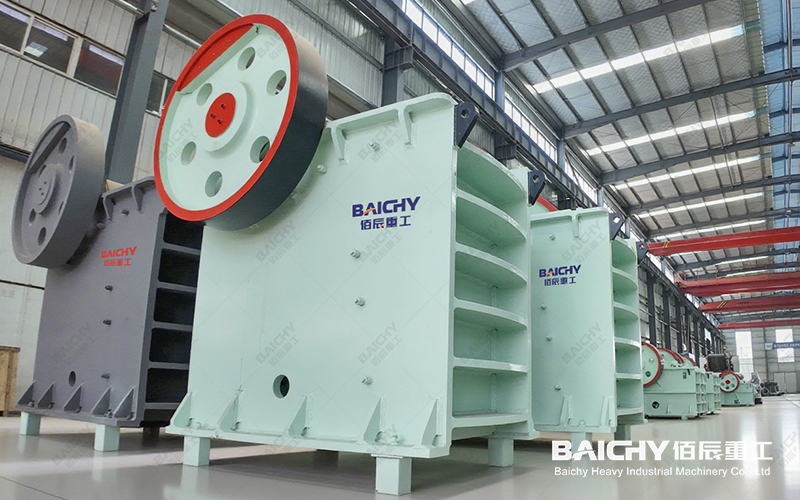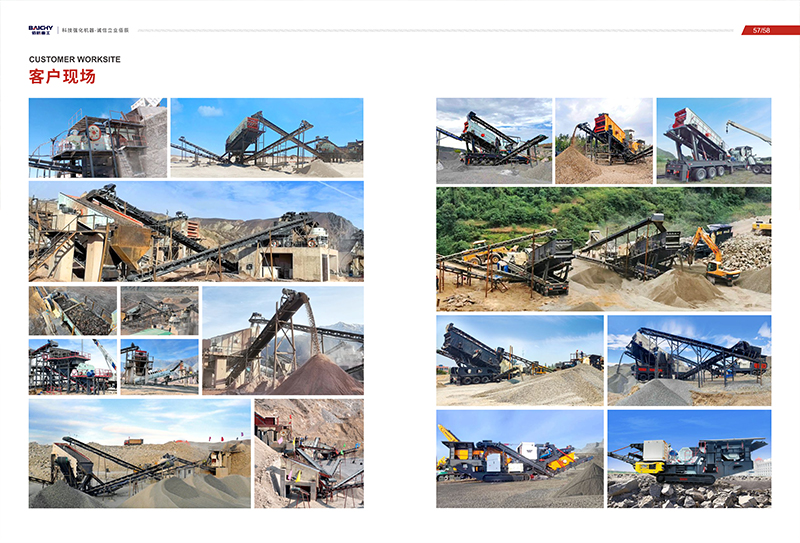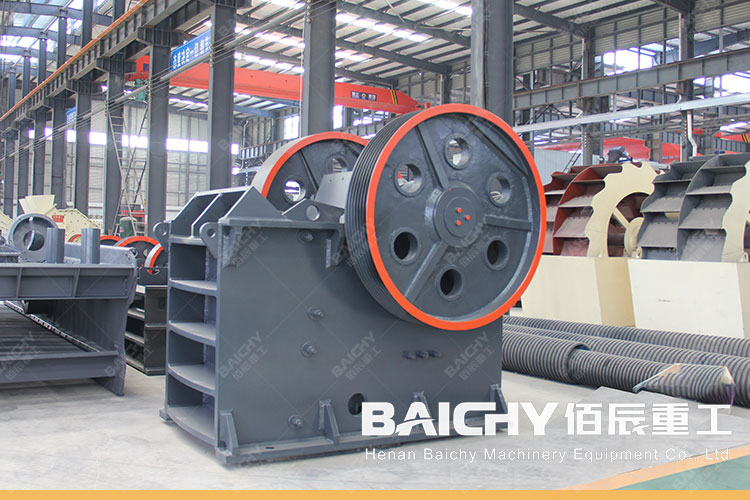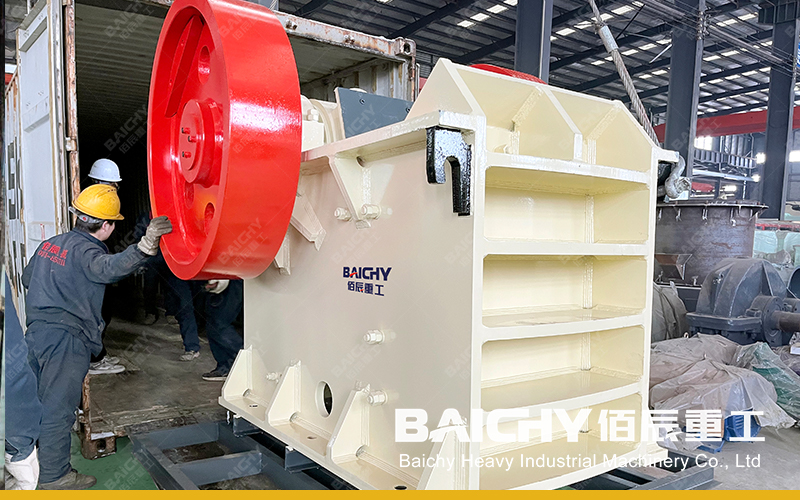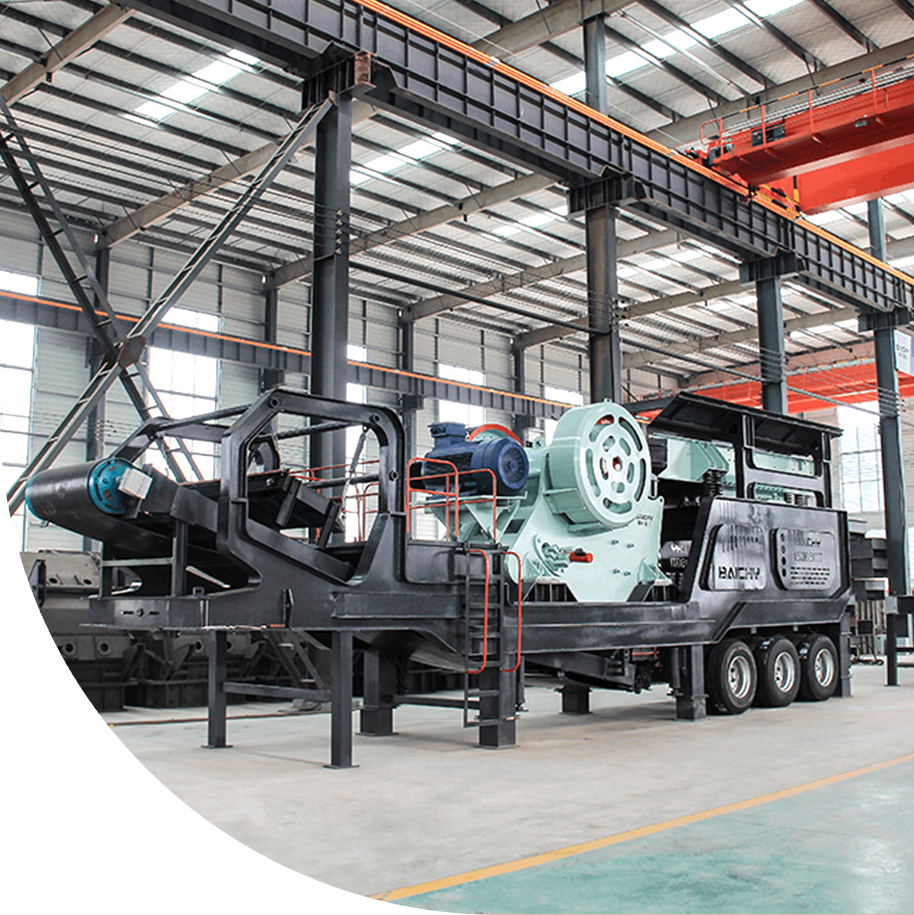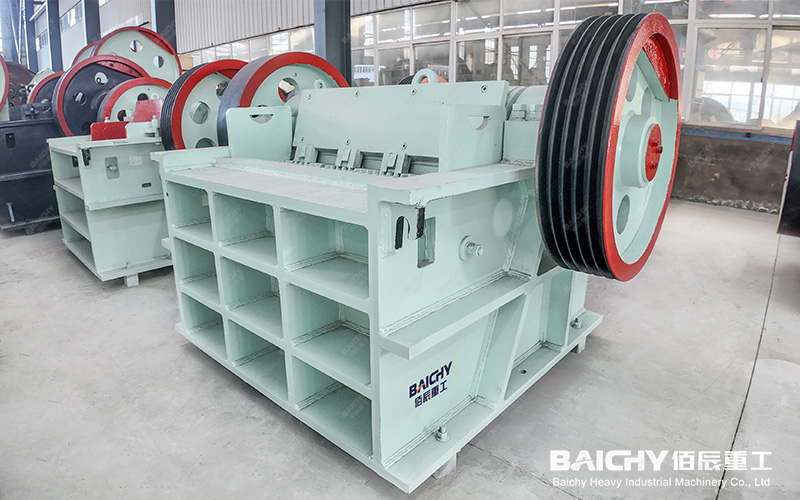
PEX series fine jaw crusher (fine jaw crusher) is a crushing equipment specially used for medium and fine crushing operations. Its application scenarios and selection conditions are mainly based on the following characteristics and requirements:
Differences between PEX fine jaw crusher and PE jaw crusher
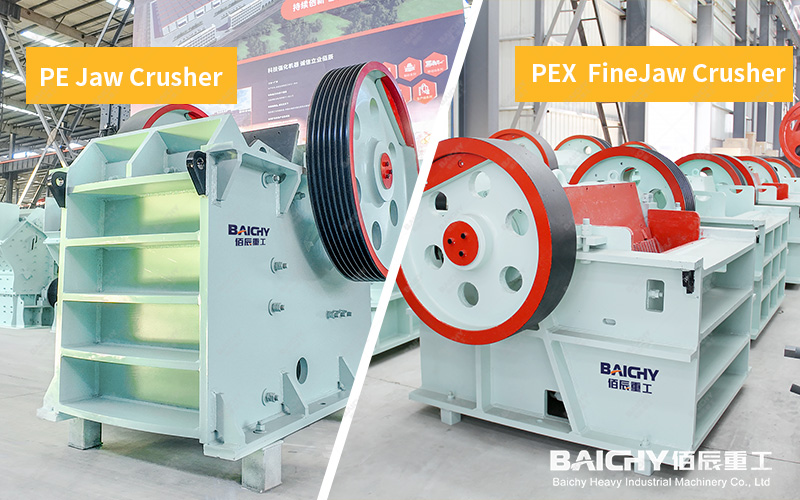
• PE jaw crusher is mainly used for coarse crushing (primary crushing), processing large pieces of materials (feed size ≤1200mm), coarse discharge (100-350mm), high structural strength but limited particle size adjustment range;
• PEX fine jaw crusher is designed for medium and fine crushing, with smaller feed size (≤250mm), finer discharge (10-60mm), larger crushing ratio, suitable for secondary crushing or scenes with high requirements for finished product particle size, and smaller equipment size and lower energy consumption.

1. Applicable material characteristics
• Medium hardness and below materials: such as non-metallic minerals, such as limestone, dolomite, shale, gypsum, coal gangue, and brittle ores with a compressive strength not exceeding 250MPa.
• Small particle feed requirements: Suitable for processing raw materials with a particle size of ≤250mm, especially when the feed is relatively uniform and no primary coarse crushing is required (such as after pre-treatment by coarse crushing equipment).
• Fine discharging is required: The finished product particle size requires finer (usually adjusted in the range of 10-60mm), suitable for scenarios with strict specifications for aggregates or mineral particles.
2. Typical application scenarios
• Mining fine crushing: As a secondary crushing equipment, it undertakes the medium and fine crushing task after coarse crushing (such as PE jaw crusher or gyratory crusher) to prepare for subsequent sand making or grinding.
• Building materials and sand production line: Used to produce sand and gravel aggregates for construction, especially when it is necessary to control the content of needle-like particles, the lamination crushing principle of PEX can improve the particle shape of the finished product.
• Laboratory or small processing plant: Due to its compact structure and small footprint, it is suitable for fine crushing of small batches of materials.
• Environmental protection recycling field: Crushing construction waste, concrete waste, etc., to produce uniform recycled aggregates.
3. Key conditions for selecting the PEX series
• Discharge particle size priority: When the process requires the final product to be mainly medium fine (such as 20-40mm accounts for a high proportion), and does not require too many shaping stages.
• Capacity matching: Suitable for small and medium-sized production lines (usually 5-100 tons per hour). If higher capacity is required, multiple units or other models must be used.
• Space limitation: When the installation site is limited, the compact design of PEX saves more space than cone crushers.
• Cost control: Compared with cone crushers, PEX has lower procurement and maintenance costs and is suitable for projects with limited budgets.
4. Comparison of alternative solutions
• Compared with cone crusher: If the material hardness is high (such as granite), the capacity demand is large, or finer discharge is required (<10mm), the cone crusher is better; but PEX has advantages in maintenance simplicity and price.
• Compared with impact crusher: The impact crusher has a better finished particle shape but wears faster, PEX has stronger wear resistance, and is suitable for processing highly abrasive materials.
The core advantages of EX fine jaw crusher are medium-fine crushing, simple structure, economical and practical, which is suitable for crushing medium-hard materials with clear requirements for discharge particle size and moderate production capacity. When selecting a model, it is necessary to comprehensively evaluate the material characteristics, production capacity requirements, finished product specifications, and investment budget.
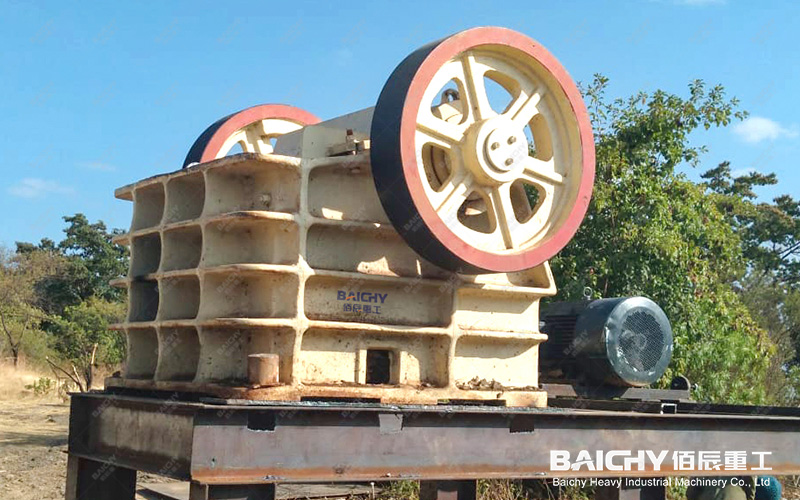
FAQ about PEX series fine jaw crusher
1. What is the capacity of the PEX fine jaw crusher?
Typical capacity: 5-100 tons/hour, depending on the model, material hardness, and discharge particle size requirements.
2. How to adjust the discharge particle size of the PEX fine jaw crusher?
Adjustment method: Change the gap between the movable jaw plate and the fixed jaw plate through a hydraulic or mechanical adjustment device. The smaller the gap, the finer the discharge.
3. What are the wear-resistant parts of the PEX fine jaw crusher? How long is the replacement cycle?
• Wear-resistant parts: jaw plate (movable jaw, fixed jaw), side guard plate.
• Replacement cycle: depends on the hardness of the material, generally 3-6 months, and highly abrasive materials may be shorter.
4. Is a PEX fine jaw crusher suitable for a mobile crushing station?
Yes, but a compact design must be selected, usually used in small and medium-sized mobile crushing production lines.
5. How to choose the model of PEX fine jaw crusher?
• Material hardness and feed size
• Required output specifications
• Capacity requirements (tons/hour)
• Installation space limitations




